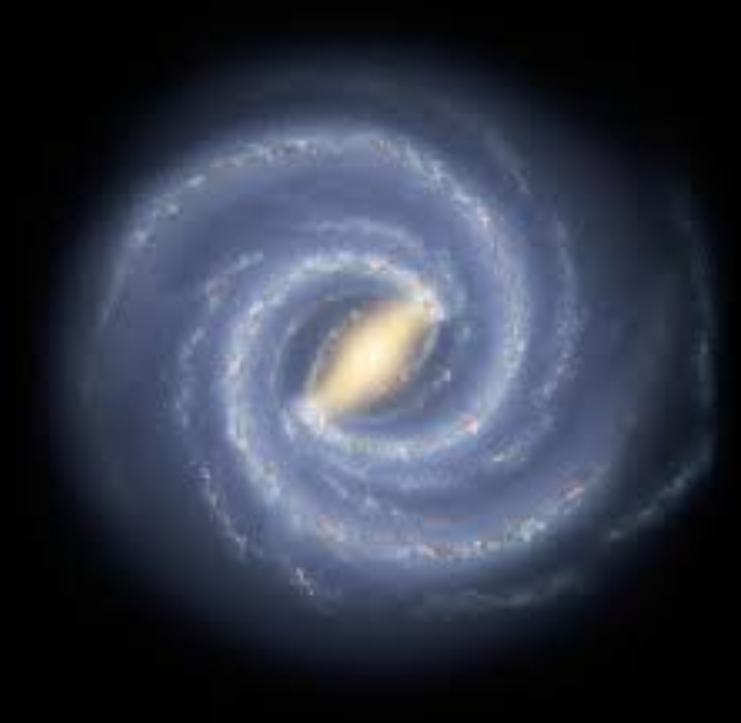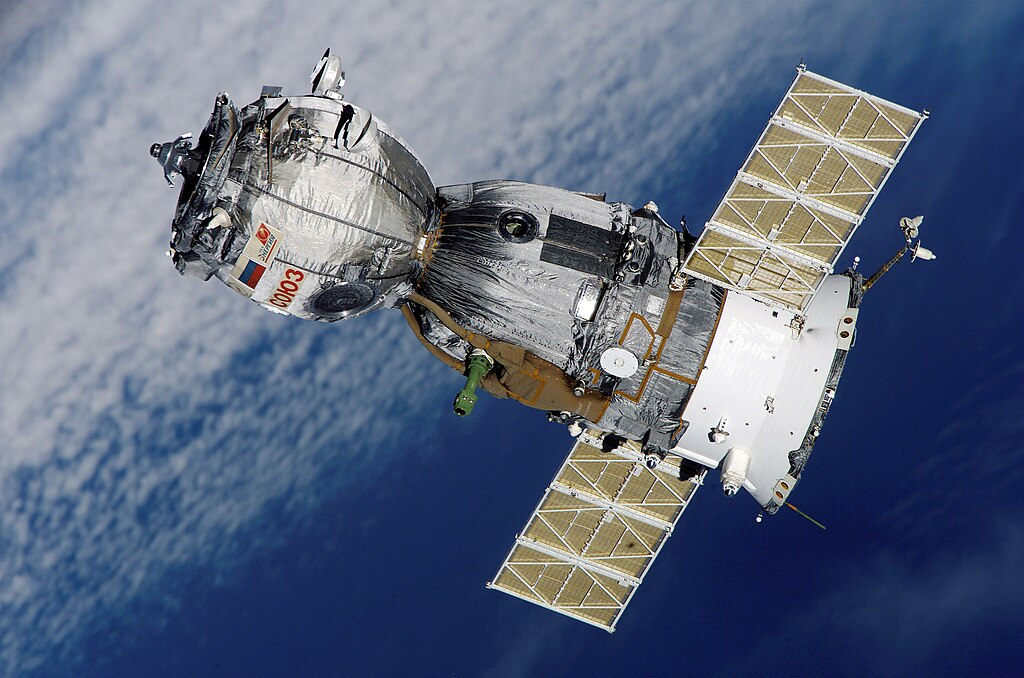
May the most advanced interstellar visitor to date be driven by a nuclear reactor? That is the question, raised by Harvard astrophysicist Avi Loeb, which has shocked the astronomical world into a discussion that balances astrophysics, engineering, and the intriguing prospect of alien technology.

1. A Guest from the Galactic Thick Disk
The object, known as 3I/ATLAS, was initially discovered on July 1, 2025, by the Chilean ATLAS telescope. It is the third definitively confirmed interstellar object, following 1I/ʻOumuamua and 2I/Borisov. Estimated to be 20 kilometers in size, it’s much larger than its predecessors, and its orbital eccentricity of 6.2 puts it resoundingly on a hyperbolic trajectory coming in from the Milky Way’s thick disk a stellar population that is rich in older, metal-poor stars. Loeb and graduate student Shokhruz Kakharov’s simulations of 3I/ATLAS’s trajectory indicate a median age for the object of 4.6 billion years, which would mean that it has traveled through interstellar space for millennia before reaching the solar system.

2. Unusual Brightness and the Nuclear Theory
Loeb was drawn in by an abnormal radiation found in front of 3I/ATLAS instead of behind it. The brightness profile of the object cannot be accounted for by sunlight reflection or usual cometary outgassing, he said. The most natural method to generate the observed gigawatt-level luminosity is via a compact nuclear power source, he opined. He theorized that the dust emanating from its frontal surface might be debris gathered during interstellar travel shaken by onboard energy production. Although he warned that “this cannot be eliminated, but needs improved evidence to be tenable,” he ruled out other natural explanations like primordial black holes or supernova fragments as being highly unlikely.

3. Principles of Nuclear Propulsion
In the event that 3I/ATLAS was nuclear-powered, its performance envelope would be well beyond what is possible with chemical propulsion. Nuclear thermal rockets (NTRs) thermally extract a propellant like hydrogen through a fission reactor, with specific impulses of about 900 seconds. More advanced concepts such as the centrifugal nuclear thermal rocket would be able to achieve 1,500 seconds by rotating molten uranium fuel to extract maximum heat. Nuclear electric propulsion (NEP) operates by converting reactor heat to electricity used to power ion engines, sacrificing thrust in favor of unprecedented efficiency and duration. These propulsion systems would be able to maintain high speeds over interstellar distances something compatible with 3I/ATLAS’s pace and path.

4. Project Orion and Daedalus Memories

Old ideas such as Project Orion imagined that spacecraft powered by a series of nuclear pulse concepts against a pusher plate would have specific impulses of up to 6,000 seconds and thrusts adequate to reach Mars in weeks. Project Daedalus, the British Interplanetary Society’s 1970s design, considered inertial confinement fusion with helium-3 mined from Jupiter to be used to fly a probe to Alpha Centauri within 45 years. Neither was implemented due to technical, political, and safety impediments, but the engineering concepts behind them are applicable when trying to understand anomalous propulsion signatures in interstellar objects.

5. Detection and Tracking Advances
3I/ATLAS’s detection highlights the increasing capability of the sky survey. The Vera C. Rubin Observatory’s Legacy Survey of Space and Time (LSST) will be able to find dozens of interstellar objects every year, tracing their trajectories in greater detail than ever before. Its wide-field imaging will enable early detection, essential for activating the large telescopes and, ultimately, intercept missions. The European Space Agency’s 2029-launched Comet Interceptor will intercept dynamically new comets although even that may have trouble keeping up with the extreme speeds of interstellar visitors.

6. Planetary Defense and International Coordination
The International Asteroid Warning Network (IAWN) and the Space Mission Planning Advisory Group (SMPAG) offer mechanisms for international response to potentially hazardous objects. Though 3I/ATLAS is not a threat it will come 167 million miles from Earth in December its research could guide procedures for future close calls. A nuclear propulsion ship of man-made origin would create profound international governance and policy implications, requiring coordination among spacefaring nations.

7. Lessons on Engineering from Deep Space Power Systems
Fission propulsion, researched by Malaya Kumar Biswal and others, provides multi-decade mission operation, high payload ratios, and solar independence features critical for outer planet and beyond missions. Radiation shielding, mass reactor, and fuel containment problems persist, but advancements in mini-reactors like NASA’s Kilopower indicate gradual progress. Should 3I/ATLAS incorporate such technology, terrestrial development could speed up by decades through its analysis.

8. Limits of Current Intercept Capability
3I/ATLAS, however scientifically intriguing, is zipping along at about 152,000 miles per hour in the neighborhood of perihelion, far out of reach of current spacecraft. Interception would demand pre-positioned, high-Δv craft a capability not yet deployed. Plans for rapid-response missions, perhaps with high-thrust nuclear thermal stages for launch acceleration and electric propulsion for cruise, are still on paper.
The nature of 3I/ATLAS is far from resolved. But its scale, velocity, and glowing peculiarities have already given it a starring role in the debate on nuclear drives, interstellar engineering, and the preparedness of Earth’s detection and response systems.


